India ranks 94 in Global Hunger Index

What is Global Hunger Index (GHI)?
The Global Hunger Index (GHI) is a tool for comprehensively measuring and tracking hunger at global, regional, and national levels. GHI scores are based on the values of four component indicators: undernourishment (share of the population with insufficient caloric intake), child wasting (share of children under age five who have low weight for their height, reflecting acute undernutrition), child stunting (share of children under age five who have low height for their age, reflecting chronic undernutrition), and child mortality (mortality rate of children under age five, partly reflecting the fatal mix of inadequate nutrition and unhealthy environments).
GHI Severity Scale:-
≤ 9.9 Low
10.0–19.9 Moderate
20.0–34.9 Serious
35.0–49.9 Alarming
≥ 50.0 Extremely alarming
Based on the values of the four indicators, the GHI determines hunger on a 100-point scale where 0 is the best possible score (no hunger) and 100 is the worst. Each country’s GHI score is classified by severity, from low to extremely alarming.
Key Messages
- Far too many individuals are suffering from hunger and undernutrition: nearly 690 million people are undernourished; 144 million children suffer from stunting, a sign of chronic undernutrition; 47 million children suffer from wasting, a sign of acute undernutrition; and in 2018, 5.3 million children died before their fifth birthdays, in many cases as a result of undernutrition.
- Worldwide hunger is at a moderate level, according to the 2020 Global Hunger Index. Underlying this average are major challenges in particular regions, countries, and communities.
- Africa South of the Sahara and South Asia have the highest hunger and undernutrition levels among world regions, with 2020 GHI scores of 27.8 and 26.0, respectively—both considered serious.
- According to 2020 GHI scores, 3 countries have alarming levels of hunger – Chad, Timor-Leste, and Madagascar. Hunger is also considered to be alarming in 8 countries – Burundi, Central African Republic, Comoros, Democratic Republic of the Congo, Somalia, South Sudan, Syria, and Yemen – based on provisional categorizations.
- The world is not on track to achieve the second Sustainable Development Goal – known as Zero Hunger for short – by 2030. At the current pace, approximately 37 countries will fail even to reach low hunger, as defined by the GHI Severity Scale, by 2030.
- Additional countries for which data were insufficient to calculate 2030 projections may also fall short of this goal. Furthermore, these projections do not account for the impacts of the COVID-19 pandemic, which may worsen hunger and undernutrition in the near term and affect countries’ trajectories into the future.
- Within their borders, countries show wide disparities in a range of different indicators of hunger and along several lines such as wealth, location, ethnicity, and sex.
Full List:
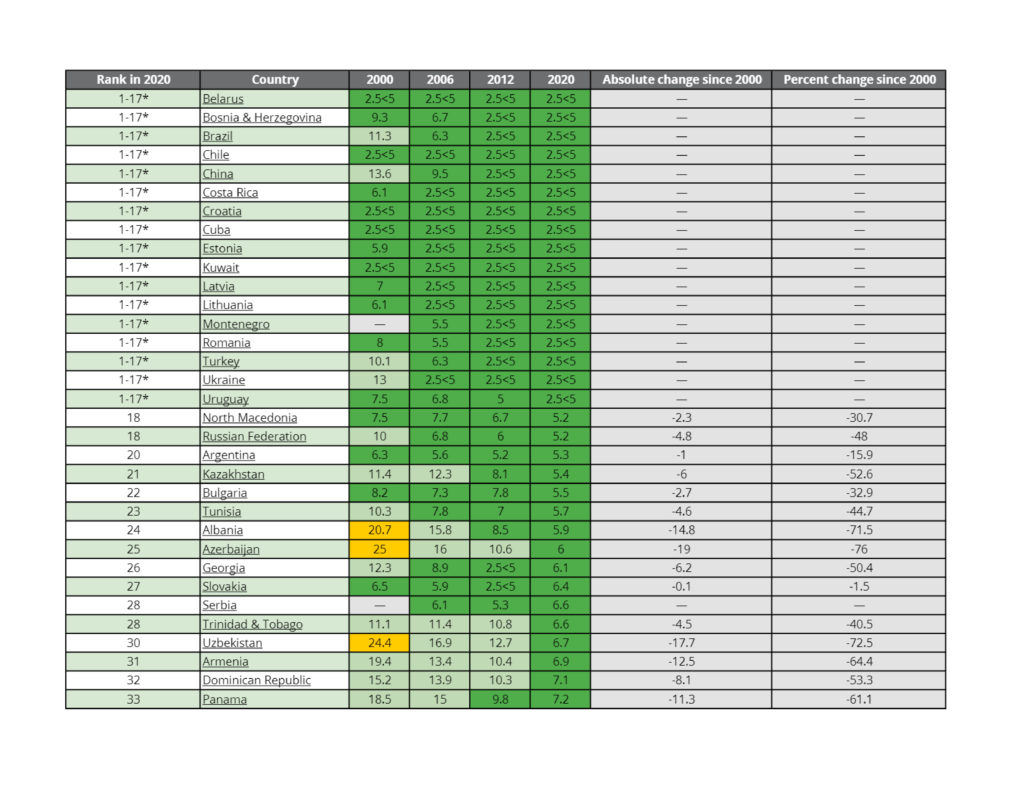
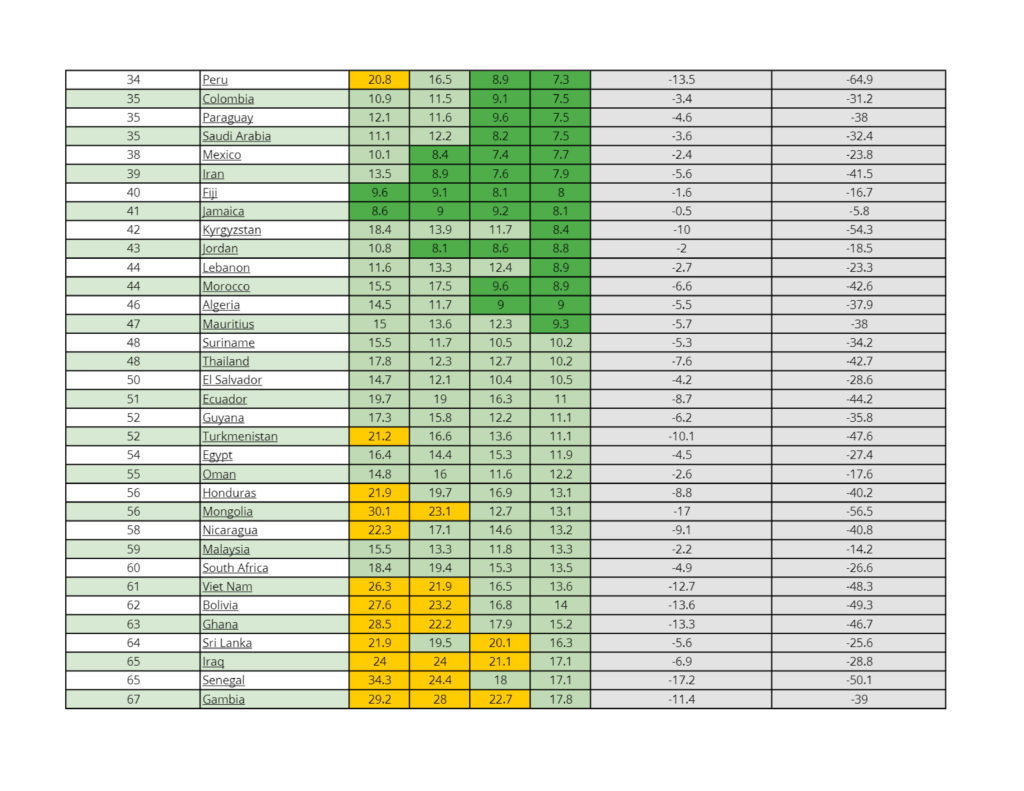
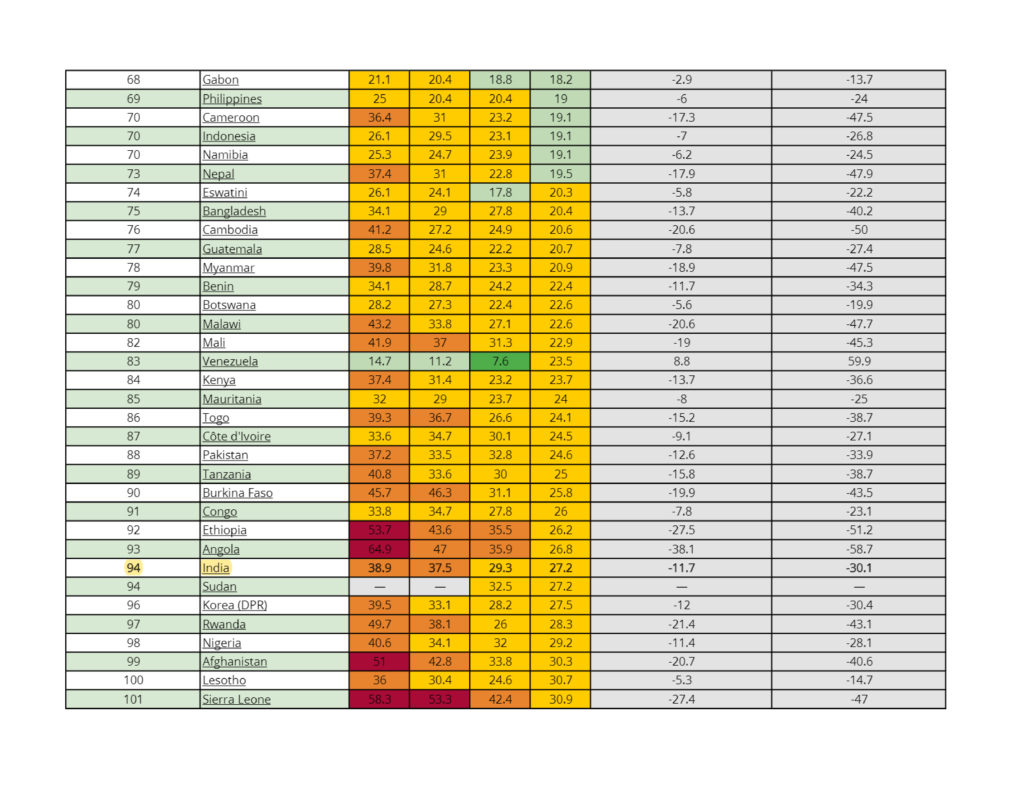
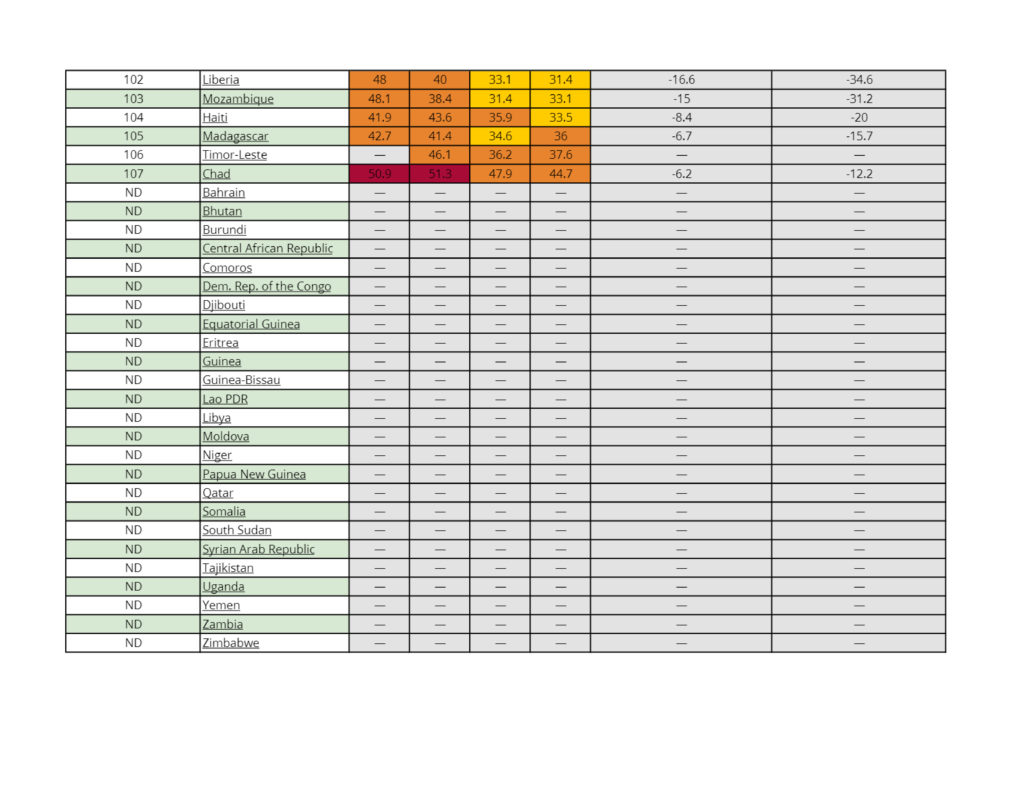



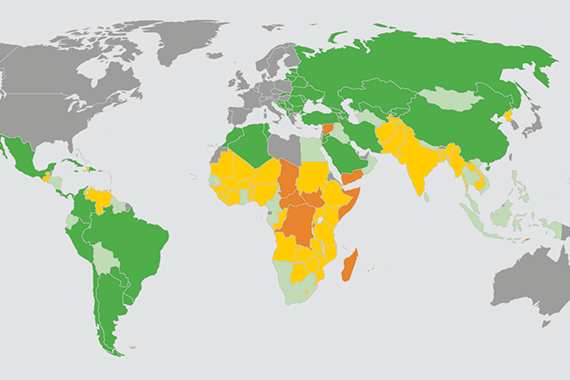




More Stories
IPL-2022 RCB vs RR: RR Won By 29 Runs
Brent Renaud: Award-Winning US Filmmaker Killed In Ukraine
Bob Wall: ‘Enter The Dragon’ Actor Died At 82